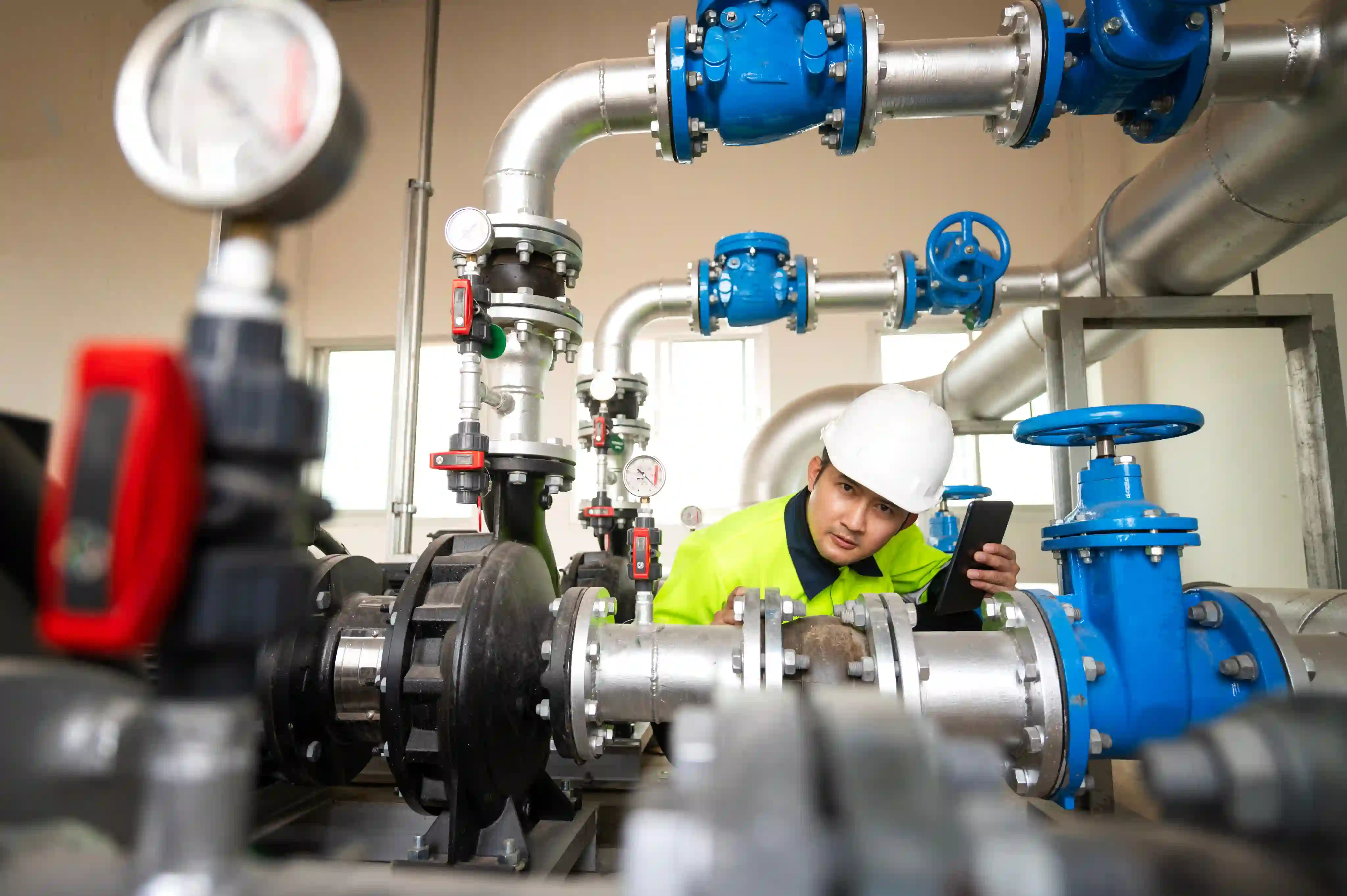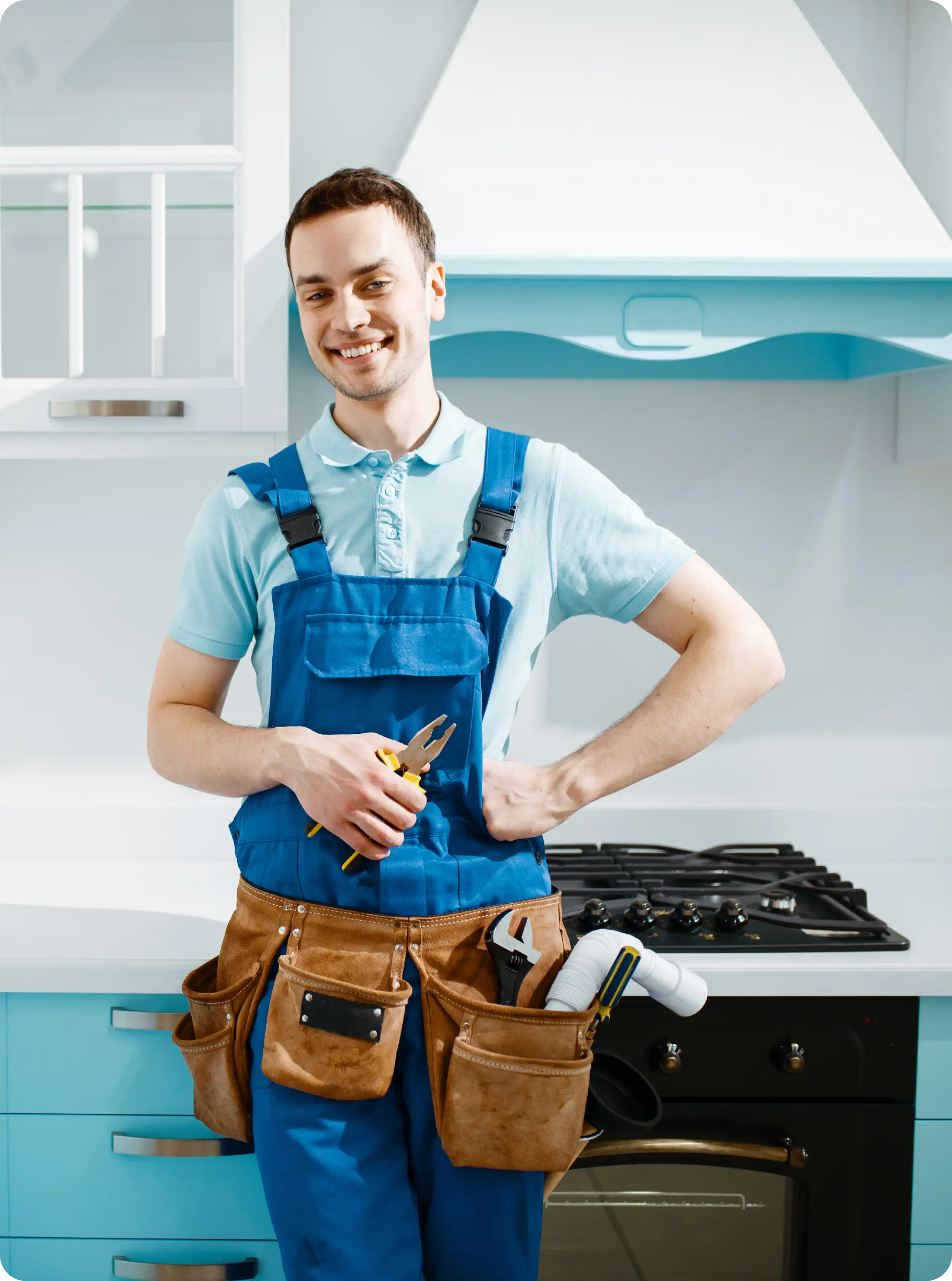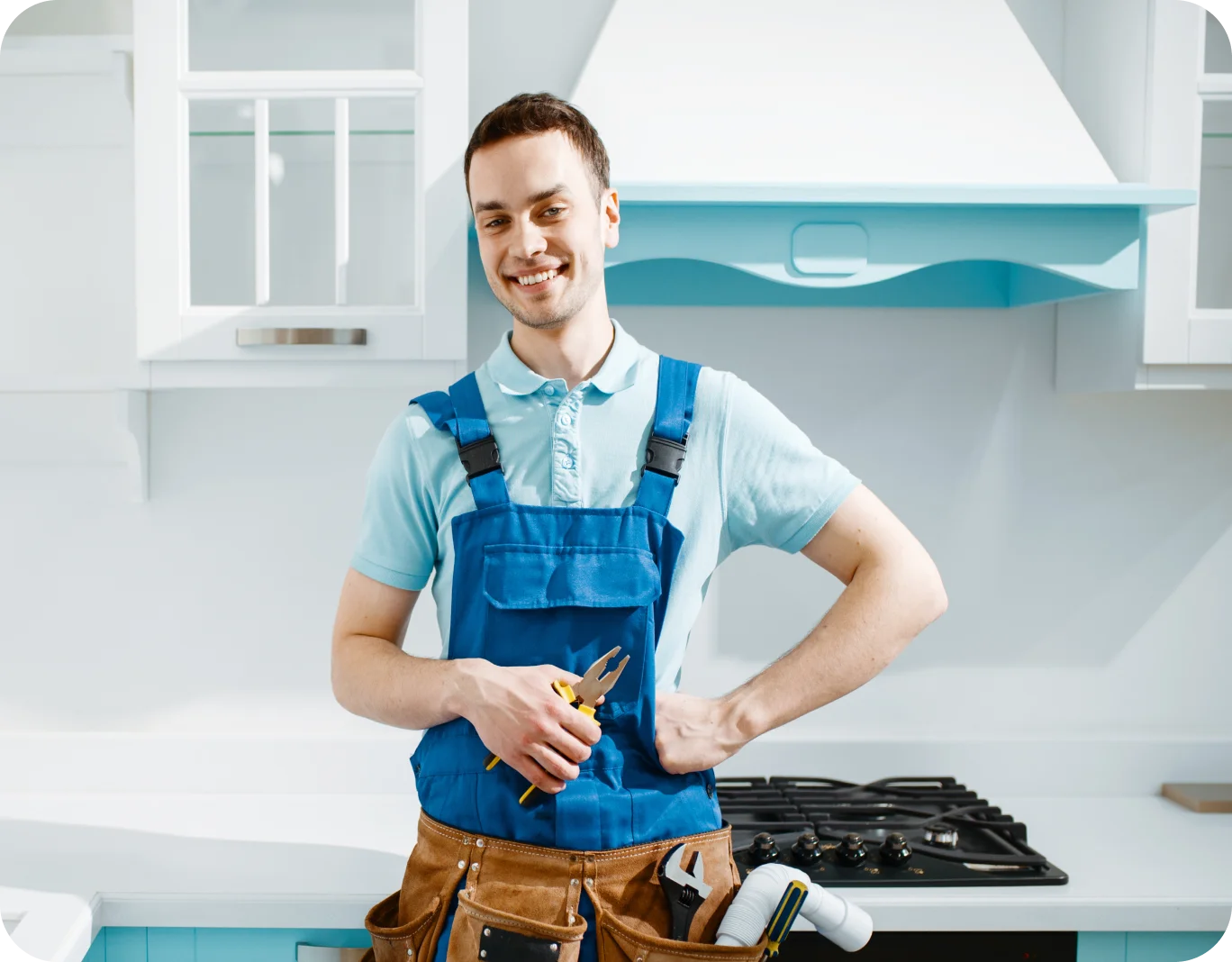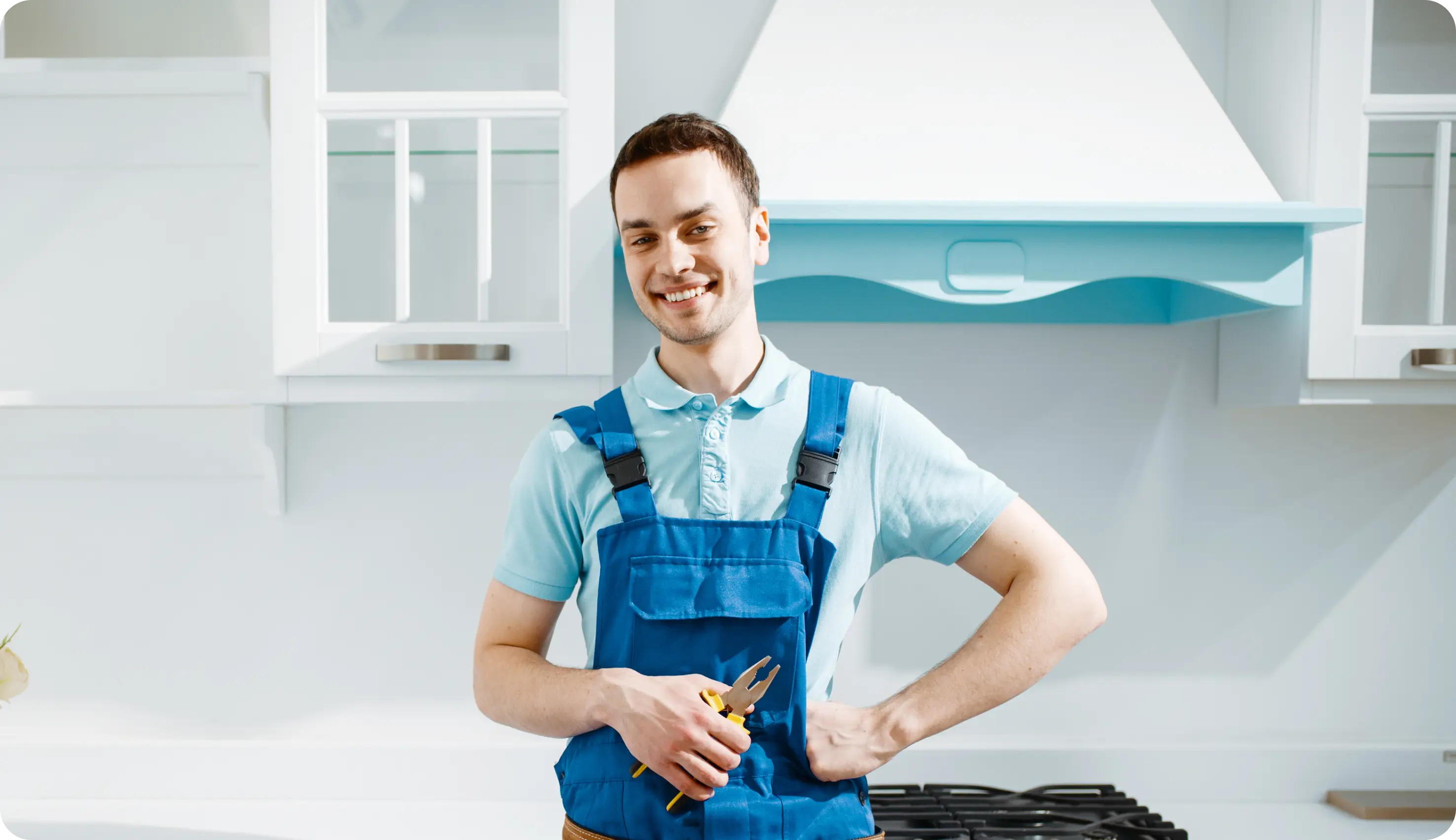Plumbing Inspection
The plumber begins by conducting a thorough assessment of the property's plumbing system. This includes identifying potential sources of contamination and assessing the overall layout and condition of the plumbing infrastructure.

Based on the assessment, the plumber designs a customized backflow prevention plan tailored to the specific needs and requirements of the property.
The plumber installs appropriate backflow prevention devices at key points in the plumbing system to prevent the reverse flow of water. Common devices include backflow preventers, check valves, and air gaps. Installation is carried out according to local plumbing codes and regulations to ensure compliance.
Installation of backflow prevention devices:
Based on the assessment, the plumber designs a customized backflow prevention plan tailored to the specific needs and requirements of the property.
The plumber installs appropriate backflow prevention devices at key points in the plumbing system to prevent the reverse flow of water. Common devices include backflow preventers, check valves, and air gaps.
Installation is carried out according to local plumbing codes and regulations to ensure compliance.

Regular Maintenance and Inspection:
The plumber establishes a schedule for routine maintenance and inspection of the backflow prevention devices. Maintenance tasks may include cleaning, lubricating, and replacing components as needed to ensure optimal performance. During inspections, the plumber assesses the condition of the devices and identifies any potential issues that may require attention.
If any defects or malfunctions are detected during testing or inspections, the plumber promptly performs repairs to restore the proper functioning of the backflow prevention devices. In some cases, the plumber may recommend upgrades or modifications to the plumbing system to enhance backflow prevention capabilities.
Online Booking



